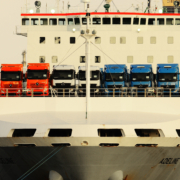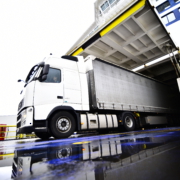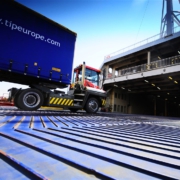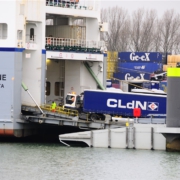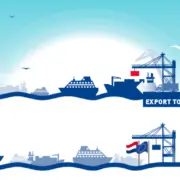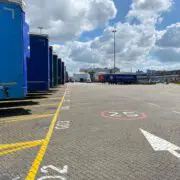Always check if action is needed before departure to the UK
www.getreadyforbrexit.eu – For access of cargo to the UK, the UK government now uses two different models: temporary storage and pre-lodgement. As a carrier, you need to know in advance which access model applies to your cargo. Pre-lodgement requires emphatic action on your part before your driver drives to the ferry terminal. Therefore, ask carefully which model applies to each shipment. Unnecessary delays at the Dutch ferry terminal and at the British border can thus be avoided.
When temporary storage, when pre-lodgement?
The British ports served by the Dutch ferry operators allow both access models. Check this schedule for each ferry operator to see when temporary storage applies to your cargo and when pre-lodgement. Caution! A wrong choice in the model can usually not be corrected after arrival at the Dutch ferry terminals. The shipment then automatically falls into the temporary storage model.
Temporary storage: no prior action required
Cargo entering the UK under temporary storage can be stored in a temporary storage facility (usually the terminal) for up to 90 days at the border. No separate action is required before your driver leaves for the Dutch ferry terminal. After declaration by the UK importer or his representative to UK Customs, the goods travel on to their final destination.
Pre-lodgement: action first, then drive
With pre-lodgement, the UK importer or his representative makes the declaration even before the ferry leaves the Netherlands. Carrier on the Dutch side beware! Before the driver drives to the ferry terminal, you must first do the following in the UK Goods Vehicle Management Service (GMVS):
- In GVMS, you link the import declaration made in the UK to your trailer. You do this using the MRN(s) transmitted to you by the UK importer or his representative.
- You enter the Goods Movement Reference (GMR) that GVMS then generates with your ferry booking. Only if the ferry terminal has the GMR when your trailer arrives will your cargo be able to proceed without delay.
Read here how to obtain a GMR for each shipment
One-time registration in GVMS
To be able to use GVMS for pre-lodgement shipments, you as a carrier register once with the UK government.
Helpful help for proper use of GVMS
The UK government offers several handy inputs to help you get started for GVMS:
- Abridged instruction on GVMS
- Instruction Gov.uk on the most common mistakes in GVMS (February 2022)
- 2nd edition of the GVMS guide (February 2022, English)
UK inspection yes or no
On arrival in the UK, GVMS cargo can generally proceed immediately. Alternatively, the driver may be referred to an Inland Border Facility (IBF) for inspection. Before arriving in the UK, check whether this applies to your cargo via this handy UK government website. Filling in your cargo’s GMR is all you need to do. One click and you know where you stand. If inspection is indeed required, the website, available in 12 languages, will also help you on your way.

